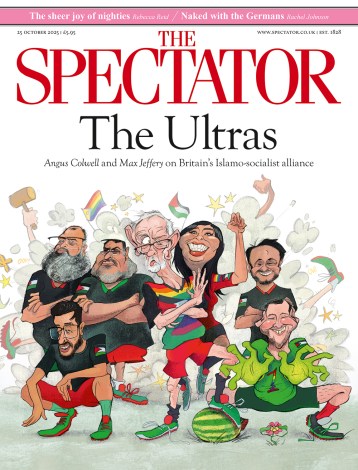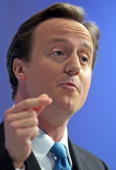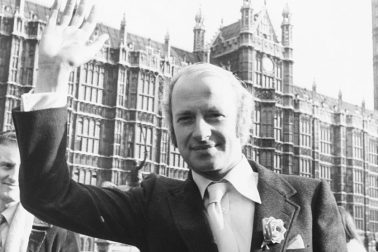 The change from being in opposition to being in government is almost impossible to gauge. How does a new prime Minister assume control of government? Peter Riddell gives David Cameron 10 tips that would ease the process. To emphasise the scale of Cameron’s impending problem, the only tip he can enact now is to ensure a smooth transfer from Shadow Cabinet to Cabinet. Riddell writes:
The change from being in opposition to being in government is almost impossible to gauge. How does a new prime Minister assume control of government? Peter Riddell gives David Cameron 10 tips that would ease the process. To emphasise the scale of Cameron’s impending problem, the only tip he can enact now is to ensure a smooth transfer from Shadow Cabinet to Cabinet. Riddell writes:
Obviously some personnel changes will have to be made after the election, but Cameron must think carefully about the balance of his Shadow Cabinet and their suitability to ministerial briefs. Rumours circulate that Cameron is dissatisfied with members of his Shadow Cabinet. If that is the case, a re-shuffle sooner rather than later is desirable because, despite the Applebian tone of Riddell’s article, Cameron will need competent and well-briefed ministers to be in place from day one.‘Do nothing that would make governing harder. When appointing Shadow spokesmen, think whether you want them to do the same job in office. In 1979 and 1997, two fifths of the new Cabinets had not held the same posts in opposition. The most successful ministers in getting to grips with their new departments were those who had prepared in advance, such as Sir Geoffrey Howe in 1979; Gordon Brown, David Blunkett and Jack Straw in 1997. Newcomers to their posts, such as Frank Dobson or Gavin Strang in 1997, struggled, partly because policies were unclear.’






Comments